Getting tires put on your dually truck can be an expensive proposition. However, when they get installed, should they be touching? If they are, is that a problem? For your convenience, we brought you the answer.
Your dually tires should not be touching at all. There should be at least two inches between them. If your dually tires are touching, get your truck into a tire shop to have them spaced.
No matter what type of vehicle you have, tires need to be installed properly. In addition, your tires need to be spaced out for wear and tear purposes and safety reasons for a dually. In this article, we will take a closer look at spacing dually tires and the possibilities as to why they are touching. Without further ado, let's get into it.
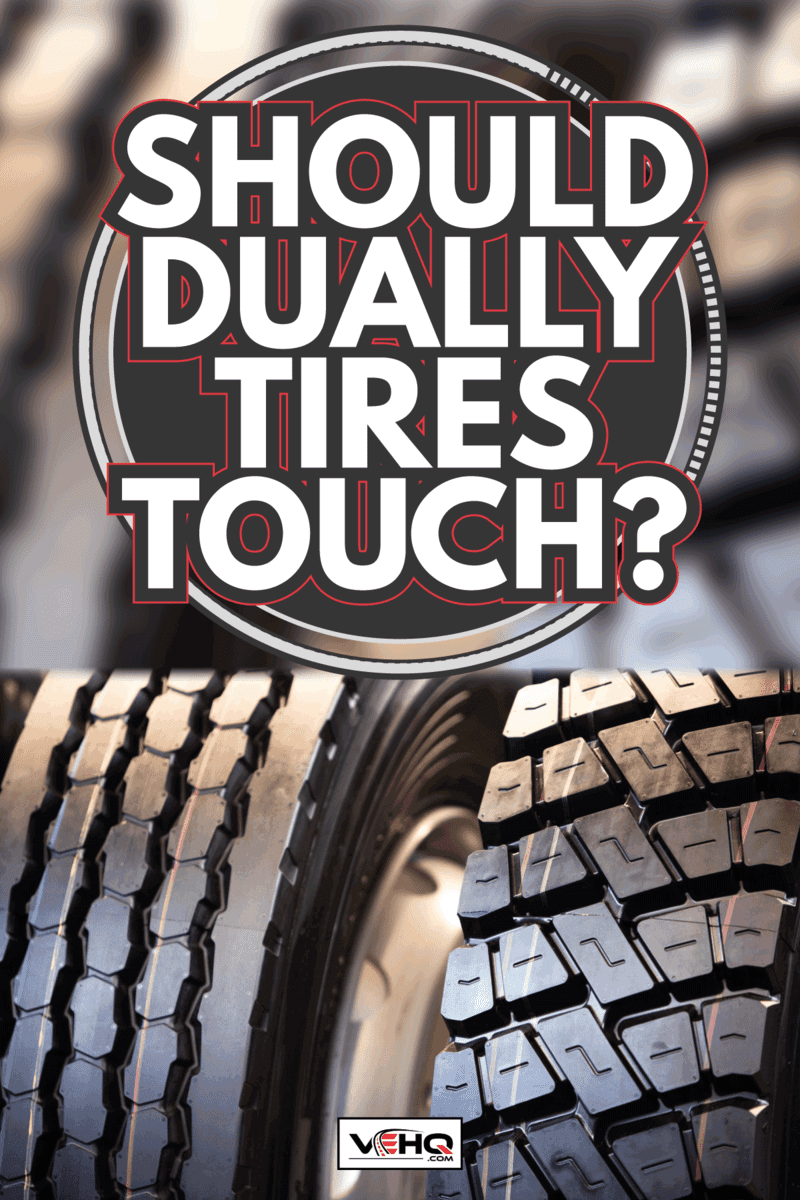
Should Dually Tires Touch?
The short answer to this question is no. Dually tires should not touch each other when they are installed on a truck. There should be enough space in between the tires for them to perform correctly and safely.
In addition, touching tires can wear down the tread much faster because they cannot rotate correctly. This uneven rotation can cause your truck tires to wear more quickly than dual tires installed correctly.
Spacing out your dual tires is also important from a maintenance standpoint. It may be evident to people that when two tires are touching, they cannot move independently of each other.
Therefore, this means that both of the tires will wear down evenly and at the same pace. When one tire wears out faster than the other, it can cause your truck to pull to one side as you are driving.
Additionally, several consumers on forums state that it isn't safe to have your tires touching and rubbing together.
In addition to pulling, there is also a safety reason for putting some space between dually tires. Since they cannot move independently if one tire were to blow out while driving at high speeds, the other tire would follow suit due to being so close.
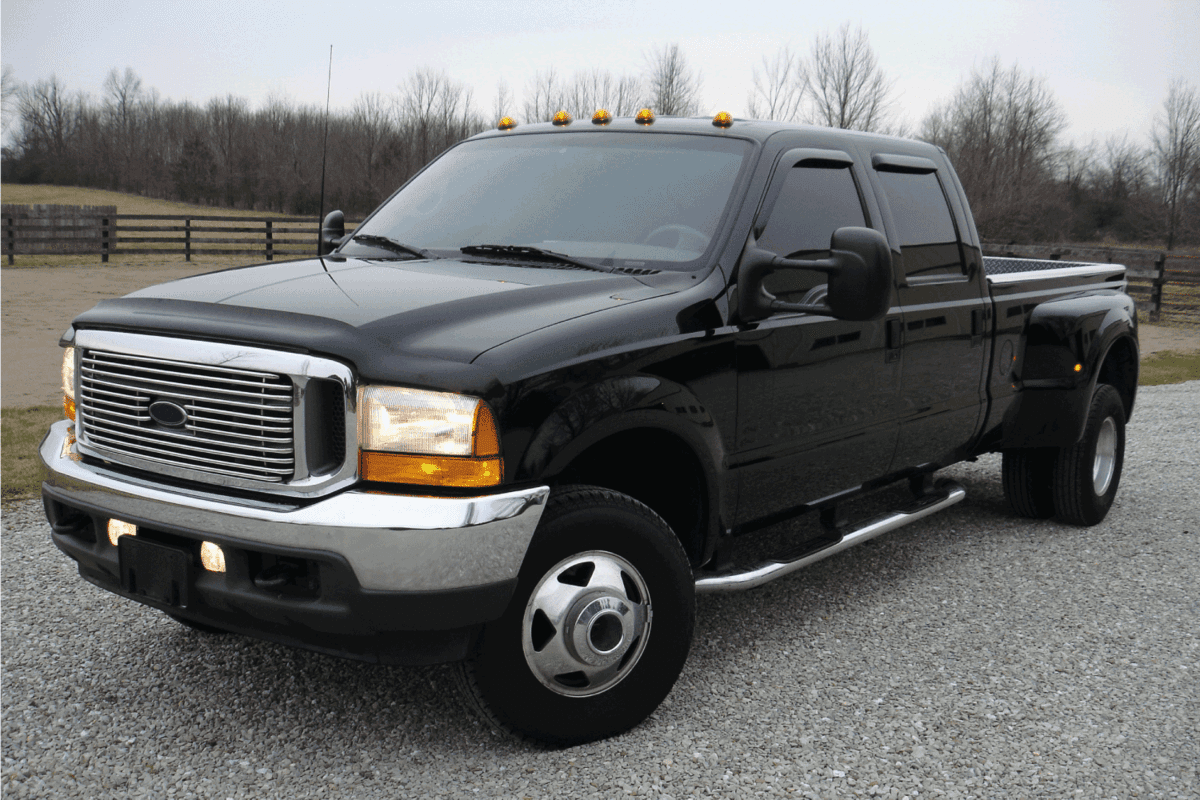
How much space should be between dually tires?
Ideally, your truck tires should have two inches between them. However, this will depend on the size of each tire you are using. Dually tires are much more extensive than regular car tires, and they can range anywhere from 30 inches up to 80 inches in diameter.
If your dually tires are touching, you can usually find out how much space is required just by looking at the sidewall of your tire.
You should be able to see a number written on there that should state the size of the tires. This will include other information about the tires, but you are mainly interested in how much space should separate your dual tires so they do not touch.
Trucks that have dual tires touching can be a safety hazard. Not only can your truck pull to one side due to the lack of independent movement, but it also poses some serious dangers if one tire were to blow out while driving at high speeds.
If you are concerned about your dually tires touching, speak with a tire specialist or a certified mechanic.
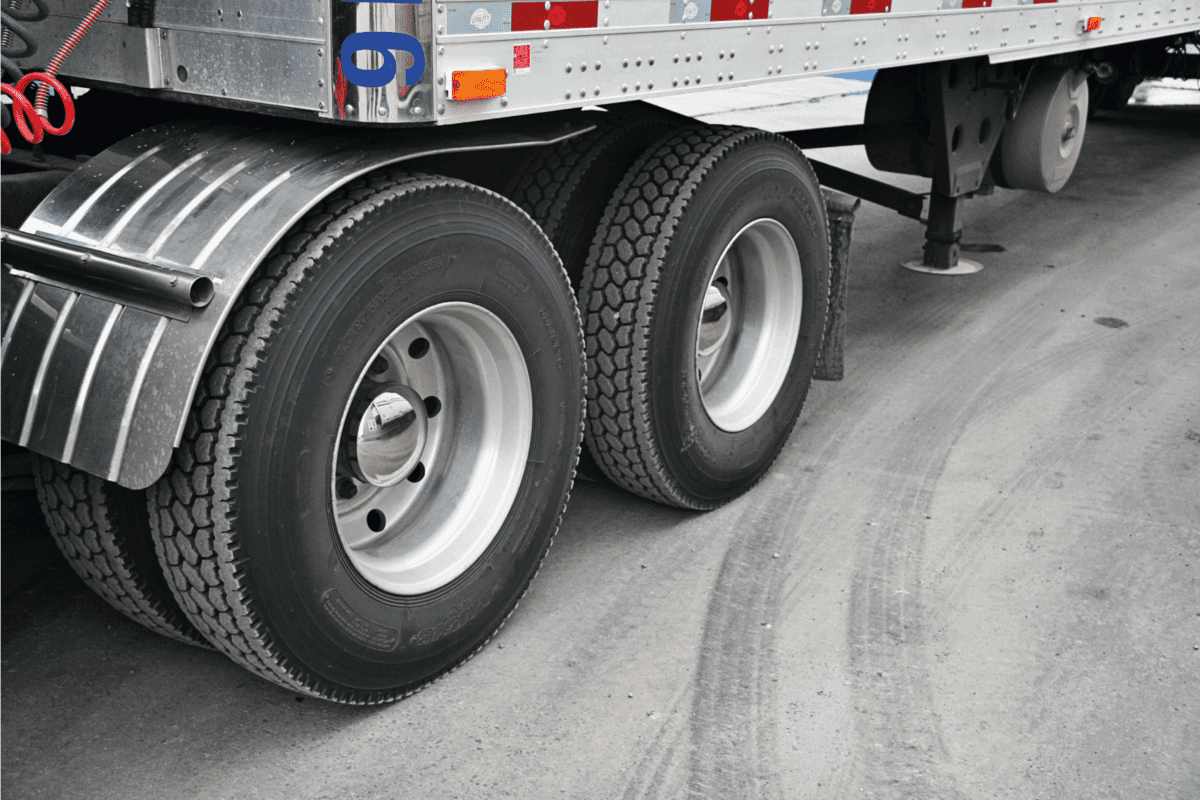
Why are my dually tires touching?
There are several reasons why your truck may have dual tires touching, and each one of them should be checked out by a professional if you want to ensure the safety of yourself and your passengers.
However, the most common cause for dual tires that touch is due to improper installation. Again, there are several reasons why your tires are touching.
Wrong Tire and Wheel Size
Another main reason is that the wrong size wheel and the tire were put on the truck. This is especially true for dually tires since they are much larger than a typical vehicle.
There may be an instance where you were told that the size of the tire on your truck was correct, but it was never actually looked at.
Damaged Ball Joints
Your ball joints can also play a role in why your dual tires touch. Since this component helps hold up your truck tires, it is vital to make sure they are in good condition.
If your ball joints are loose or damaged, this can cause the dual wheels to come into contact with one another.
Weight Distributed Unevenly
If truck shops or mechanics do not use proper jacking points on the bed of your truck, they can cause the weight to be unevenly distributed. In addition, the jacking points allow for proper lifting and support so the vehicle cannot break or tip over.
Therefore, truck shops and mechanics should always use these jacking points on a dually truck to ensure proper safety throughout the installation process.
Tires Balanced Wrong
Another reason why your dual tires may touch is due to the truck not being correctly balanced. If the truck shop or mechanic does not balance your tires and wheels, there will be an imbalance that can cause one tire to wear down more quickly than the other.
This is usually done before installation so that your tires and wheels don't shake and wobble as you're driving.
When your wheels and tires are evenly balanced, it will allow them to rotate at a reasonable rate without wearing down too quickly or too slowly.
Any professional truck shop or mechanic should know how to balance dual wheels and tires correctly to ensure they do not touch. If you don't want dually trucks touching, contact a local mechanic or tire company near you.
Should dually tires be rotated?
Dually tires should be rotated just like tires on any other vehicle.
Typically, drivers should rotate their tires every 10,000 miles, according to Napa. In addition, drivers should also have tires balanced as well.
When you rotate your tires on a dually truck, it will ensure that each tire wears down at the same pace, so you do not have to deal with any additional problems or issues.
When balancing a dually truck, balance both sets of wheels and tires. This will ensure that both sets are balanced and working at equal levels throughout the life of your vehicle.
When you rotate your dually truck tires, it can help to maintain their proper alignment. Most people who drive dually trucks will want to know if they can rotate the tires themselves or if they need to see a professional.
It is possible to do this on your own but only if you have a proper lift that can hold the weight of a dually truck. If you don't have a professional lift that has a weight capacity of 12,000-15,000 lbs then do not attempt doing a tire rotation yourself.
Instead, please talk with a local mechanic or truck shop about what they offer regarding tire rotation for dually trucks.
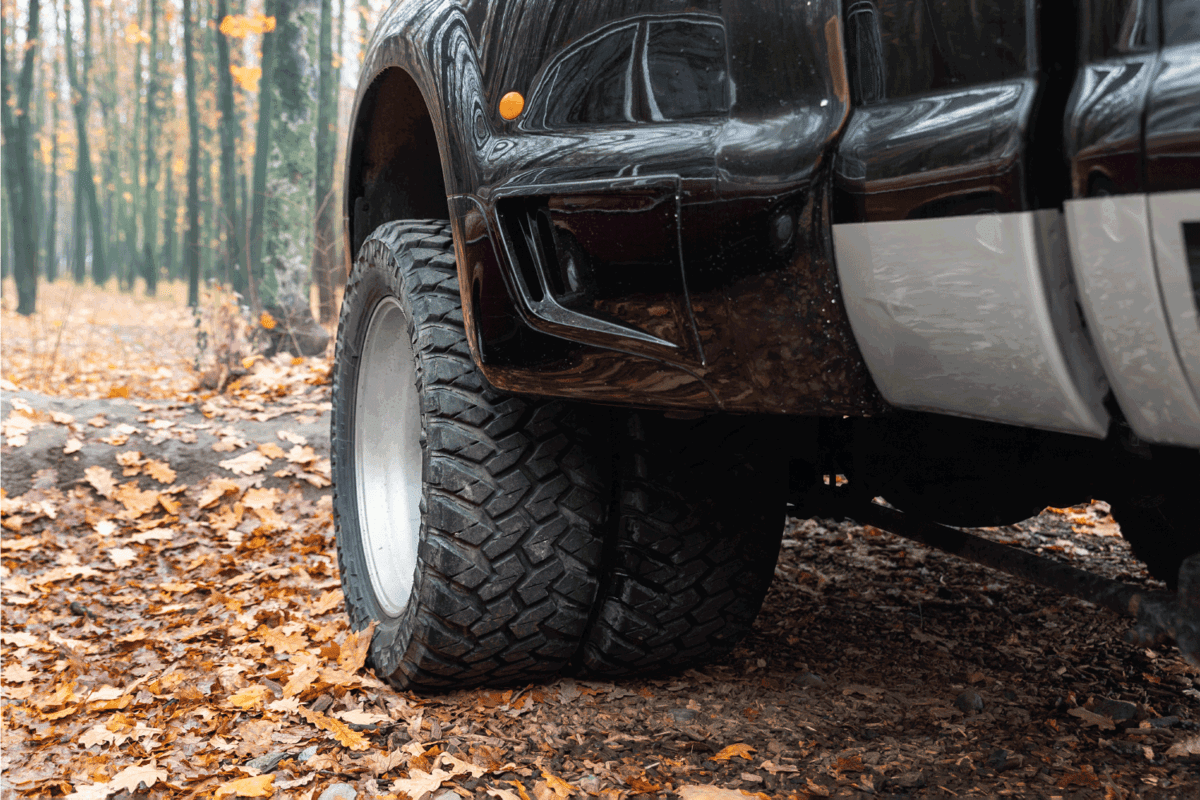
What is minimal dual spacing?
Tire shops typically use a dual spacing tool to measure how close your tires are to touching. This tool measures the space between your wheels and tells you if they have been adequately balanced so you can continue driving without any problems.
If you notice that one tire has minimal spaced, this could be due to improper balancing or because of strong wind gusts. If this is the case, you won't need to replace your tires or wheels.
However, if one tire continues to have minimal spacing, you should take it in for an inspection because it could indicate a more significant issue with your vehicle.
Be sure that all of the lug nuts are secure. In addition, make sure that there is no damage to any of your brakes or other moving parts.
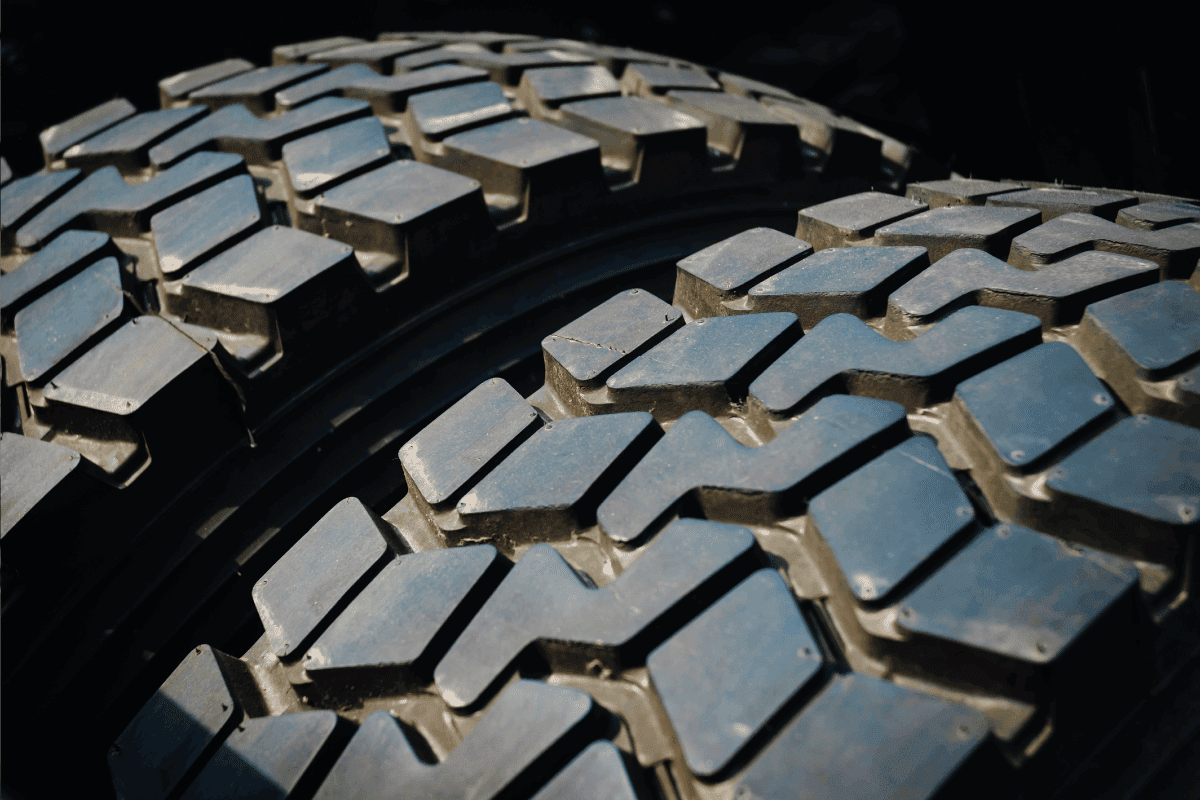
In Closing
Overall, with a dually, you have a little more to worry about when it comes to tire care. Be sure to check your tires after having them installed to ensure that they were put on correctly.
You don't want your tires to touch or rub together for safety reasons. In addition, tires aren't cheap, and you want them to last as long as possible!
If you enjoyed this article, you should also read:
What's A Dually Truck (And Do You Need One To Tow A Travel Trailer)?
Should You Deflate Tires For Storage?
Do Tires Wear Faster On The Highway?
We would love to hear from you! Leave us a comment below!
